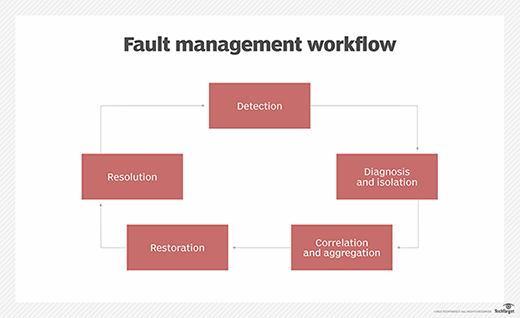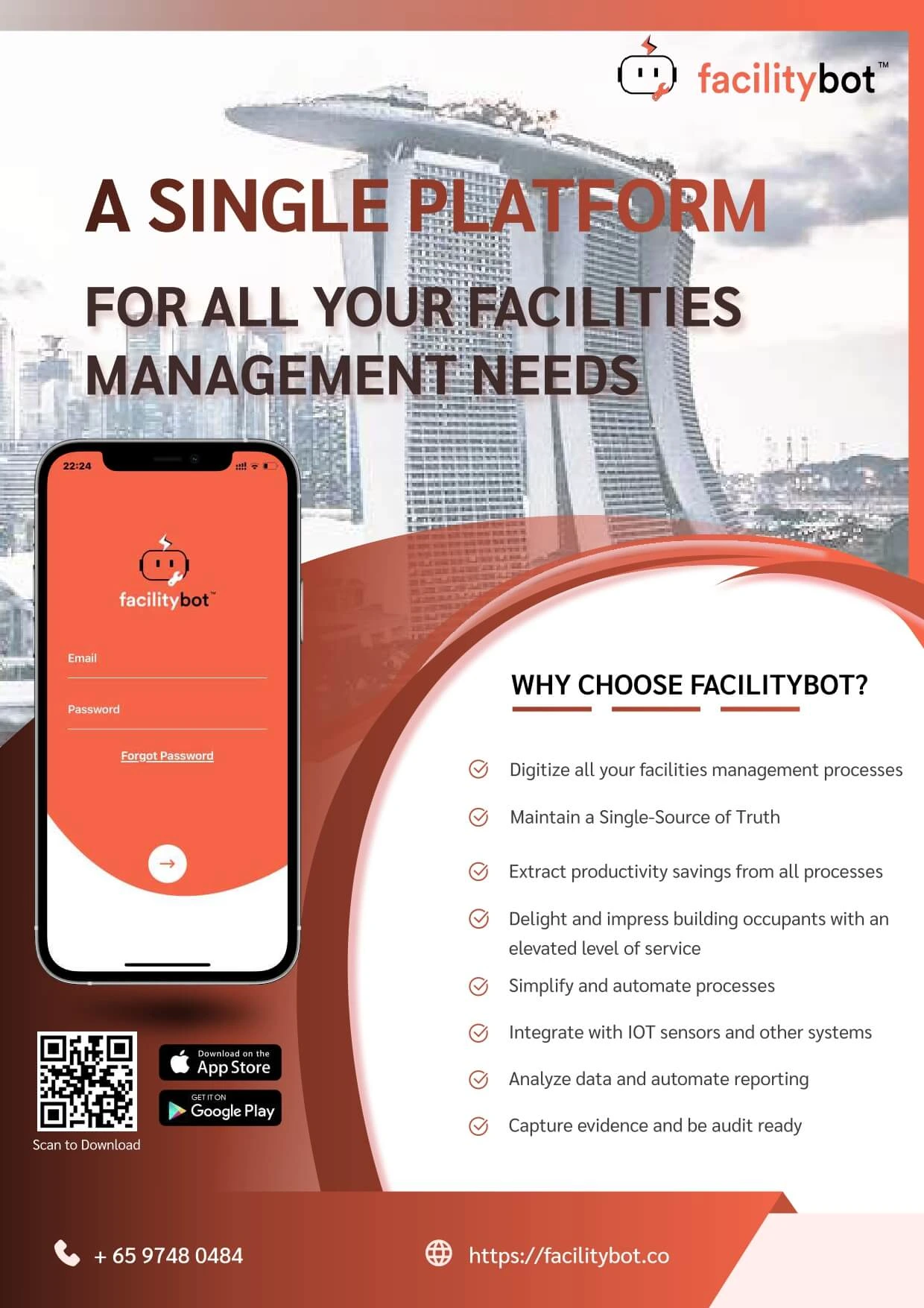In any organization, maintaining operational efficiency depends on quick identification and resolution of problems. The fault reporting mechanism is a structured process that allows employees, technicians, or users to report defects, malfunctions, or irregularities in systems, equipment, or facilities. This mechanism ensures issues are logged, tracked, and addressed systematically to minimize downtime and prevent disruptions.
Why is Fault Reporting Important?
A well-defined fault reporting mechanism is critical for businesses across industries for several reasons:
- Minimizes Downtime – Quick reporting and resolution reduce equipment downtime, ensuring smooth operations.
- Improves Safety – Timely identification of hazards prevents accidents and ensures a safer environment.
- Optimizes Maintenance Costs – Addressing issues early helps prevent expensive repairs or replacements.
- Enhances Accountability – A structured process creates a clear trail of actions, improving transparency and accountability.
Components of a Fault Reporting Mechanism
An effective fault reporting process typically consists of these essential components:

1. Detection of Faults
The process begins when a fault is identified by staff, monitoring systems, or customers. Automated detection systems, IoT sensors, or manual inspections can help catch issues early.
2. Fault Logging
Faults are documented with key details such as the time of occurrence, location, description, and priority level. Digital fault reporting tools simplify this by allowing quick input through mobile devices or web portals.
3. Notification and Escalation
Once logged, the fault report is sent to the relevant maintenance team or personnel. In cases where the fault requires urgent action, the mechanism escalates the issue to higher authorities automatically.
4. Assessment and Assignment
The maintenance team analyzes the fault, assigns it to the appropriate technician, and determines the required resources for resolution.
5. Resolution and Follow-up
The fault is addressed according to priority. After fixing the issue, the resolution details are logged, and follow-ups are conducted to ensure the problem does not recur.
6. Feedback and Continuous Improvement
Feedback from users and technicians helps improve the fault reporting system, ensuring quicker response times and reducing the chances of recurring faults.
Benefits of Using a Digital Fault Reporting System
Modern businesses are increasingly adopting fault reporting software for several advantages:
- Real-time reporting and notifications
- Automated tracking and prioritization
- Data-driven insights for preventive maintenance
- Improved communication between teams
- Enhanced efficiency in facility management
Challenges in Fault Reporting
Despite its importance, some organizations face common challenges such as underreporting, delayed escalation, and lack of standardized reporting procedures. Overcoming these challenges requires investing in intuitive systems, staff training, and fostering a culture of proactive maintenance.
FacilityBot: Simplify Fault Reporting with Smart Solutions
Managing faults effectively requires robust digital tools, and FacilityBot offers just that. As a leading facility management software, FacilityBot streamlines fault reporting by allowing users to log issues instantly via messaging platforms. Its advanced fault reporting software automates notifications, assigns tasks to the right technicians, and provides real-time updates, ensuring faster resolutions and improved operational efficiency. With FacilityBot, organizations can minimize downtime, reduce maintenance costs, and enhance service quality—all from one powerful platform.




